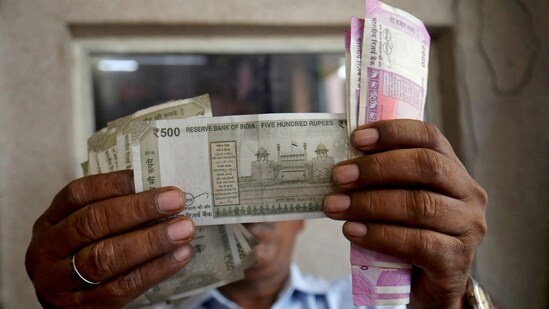
Cabinet Approves 2% DA Hike for Central Government Employees
The Union Cabinet has approved a 2% increase in Dearness Allowance (DA) for central government employees, marking a significant step to mitigate the impact of inflation on public sector salaries. This decision, effective from January 1, 2025, will raise the DA from its current 53% to 55% of basic pay, benefiting approximately 48.66 lakh employees and 66.55 lakh pensioners. The move comes as the government seeks to address rising living costs and ensure financial stability for its workforce. Union Minister Ashwini Vaishnaw confirmed the approval, emphasizing that the adjustment will provide additional relief to employees and pensioners facing price hikes. The financial implications of this revision are projected to cost the exchequer ₹6,614.04 crore annually, underscoring the government’s commitment to balancing fiscal responsibility with employee welfare.
Understanding Dearness Allowance and Its Role in Salary Adjustments
Dearness Allowance is a critical component of public sector salaries, designed to offset the effects of inflation and rising prices. Calculated as a percentage of basic pay, DA is revised bi-annually to reflect current economic conditions. The latest hike will increase DA from 53% to 55%, offering a tangible salary boost for employees. For instance, an entry-level employee with a basic pay of ₹18,000 will see their DA rise from ₹9,540 to ₹9,900, adding ₹360 to their monthly income. This adjustment aligns with the broader goal of the 8th Pay Commission, which aims to modernize salary structures and ensure fair compensation. The previous DA increase in July 2024, which raised the rate from 50% to 53%, set the stage for this latest revision, highlighting the government’s ongoing efforts to address inflationary pressures.
Financial Impact and Broader Implications for Public Sector Workers
The 2% DA hike is expected to have a substantial impact on the income of central government employees, particularly those in lower pay brackets. The adjustment will not only enhance take-home salaries but also improve the purchasing power of employees and pensioners. For example, a Multi Tasking Staff (MTS) with a basic pay of ₹18,000 will benefit directly from the increased DA, which is a crucial factor for low-income workers. The government’s decision to link DA adjustments to inflationary trends reflects a strategic approach to maintaining employee morale and productivity. Additionally, the move ensures that pensioners receive Dearness Relief (DR) at the same rate as employees, providing them with financial security against rising costs. This policy underscores the government’s recognition of the importance of fair compensation in sustaining a motivated and stable workforce.
DA Hike as Part of a Larger Pay Structure Reform
The recent DA increase is part of a broader framework of reforms aimed at restructuring public sector salaries. The 8th Pay Commission, which is expected to finalize its recommendations, will play a pivotal role in shaping future salary adjustments. By raising DA to 55%, the government is signaling its intent to align compensation with current economic realities while addressing long-standing concerns about wage stagnation. The decision also highlights the interconnectedness of DA adjustments with other components of the salary structure, such as basic pay and allowances. This holistic approach ensures that employees receive comprehensive support in navigating inflationary challenges. As the government continues to refine its salary policies, the focus remains on achieving a balance between fiscal prudence and fair compensation for public sector workers.
Category-Specific Implications and Regional Considerations
The DA hike will affect a wide range of categories, including central government employees and state government workers across various regions. The decision includes provisions for state employees in categories such as Andhra Pradesh, Bihar, and Uttar Pradesh, ensuring that regional disparities in cost of living are addressed. By extending the DA adjustment to pensioners, the government is also acknowledging the financial vulnerabilities of retired employees. The inclusion of state government employees in the revised framework underscores a coordinated effort to provide uniform financial support across the public sector. This approach not only strengthens the welfare of employees but also reinforces the government’s commitment to equitable resource distribution. The implementation of this policy will require careful coordination to ensure that all affected categories receive the intended benefits without compromising fiscal stability.




